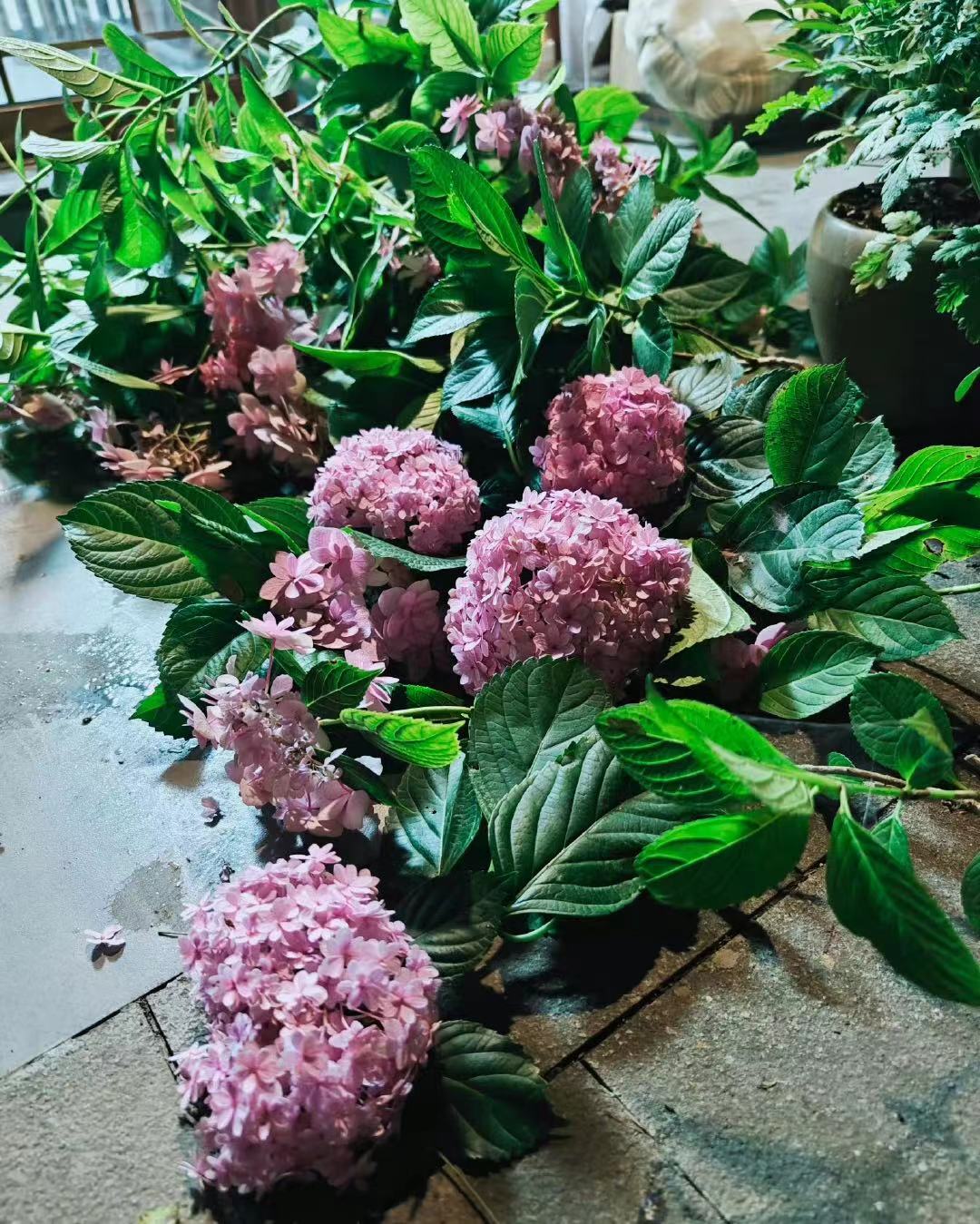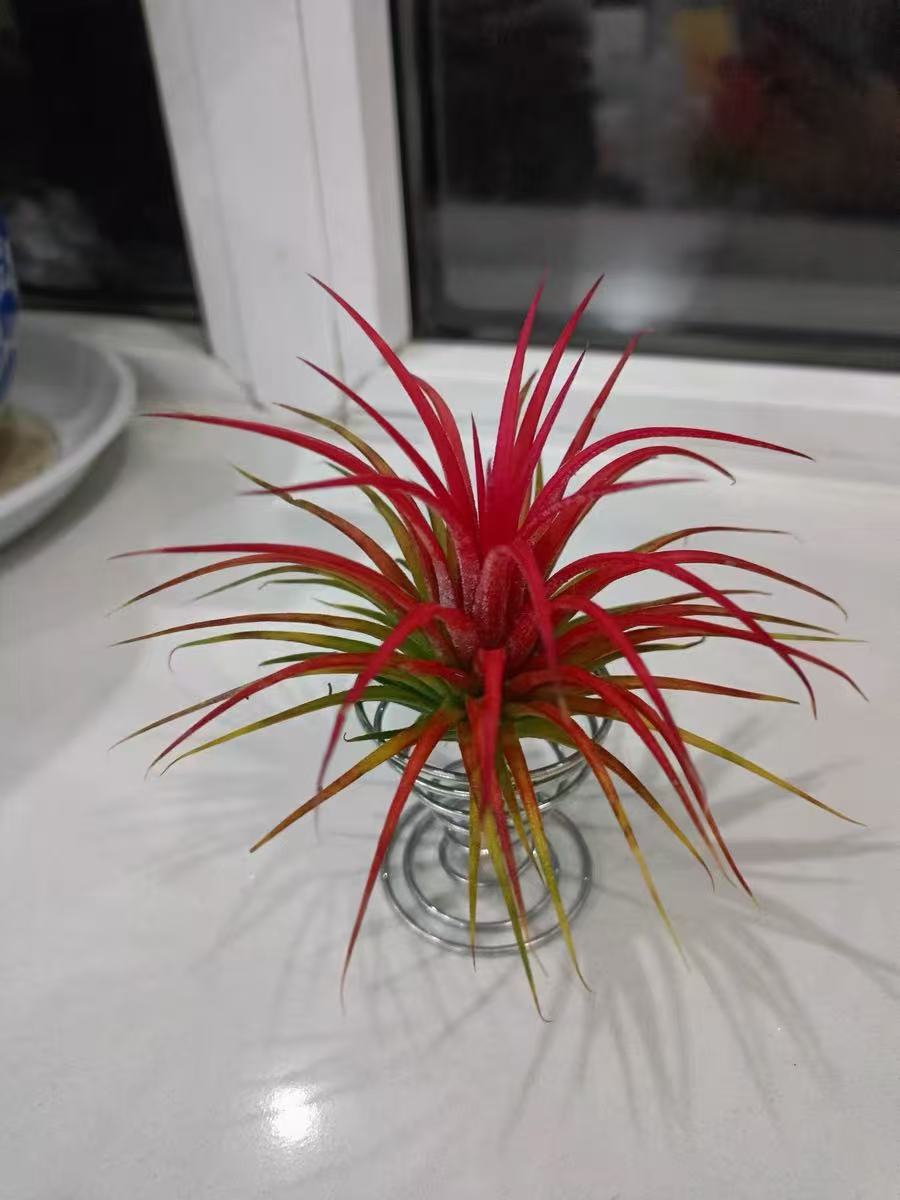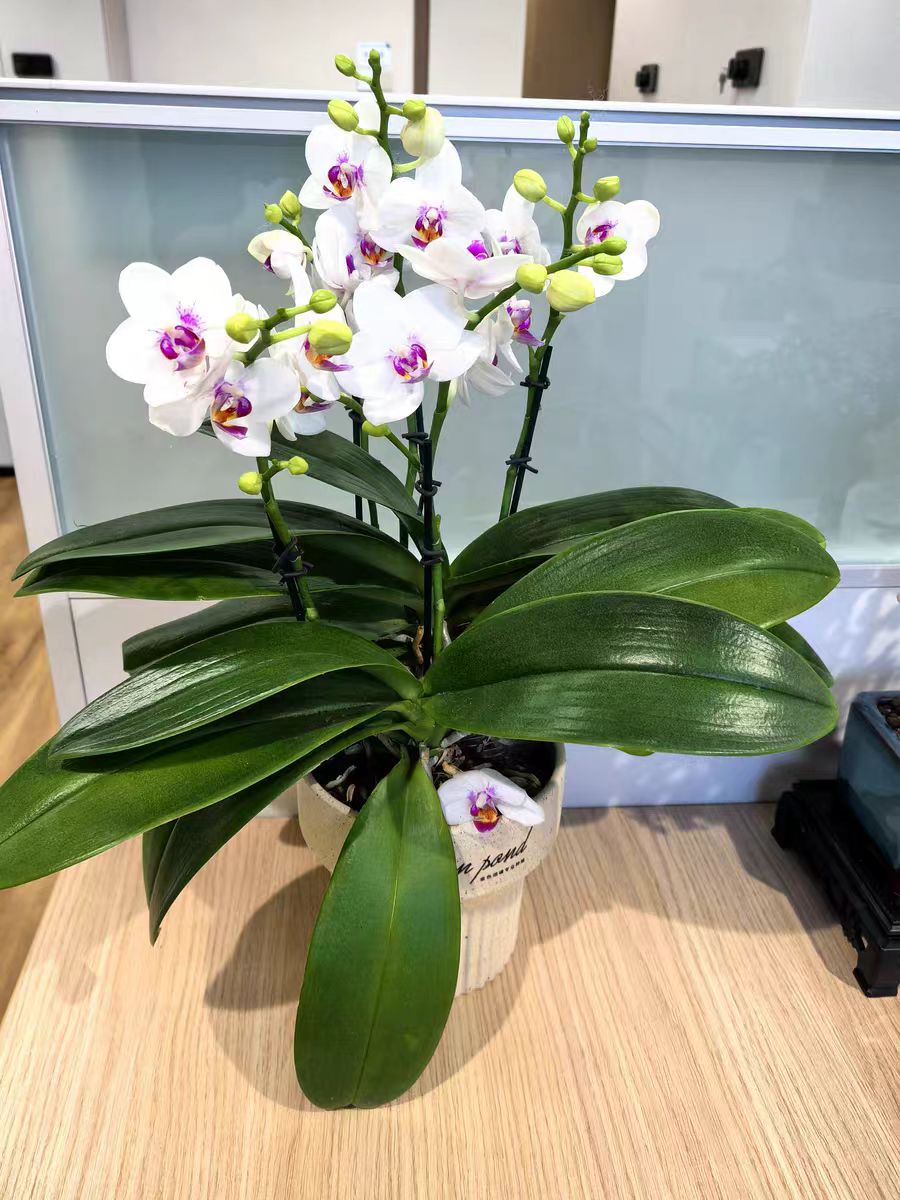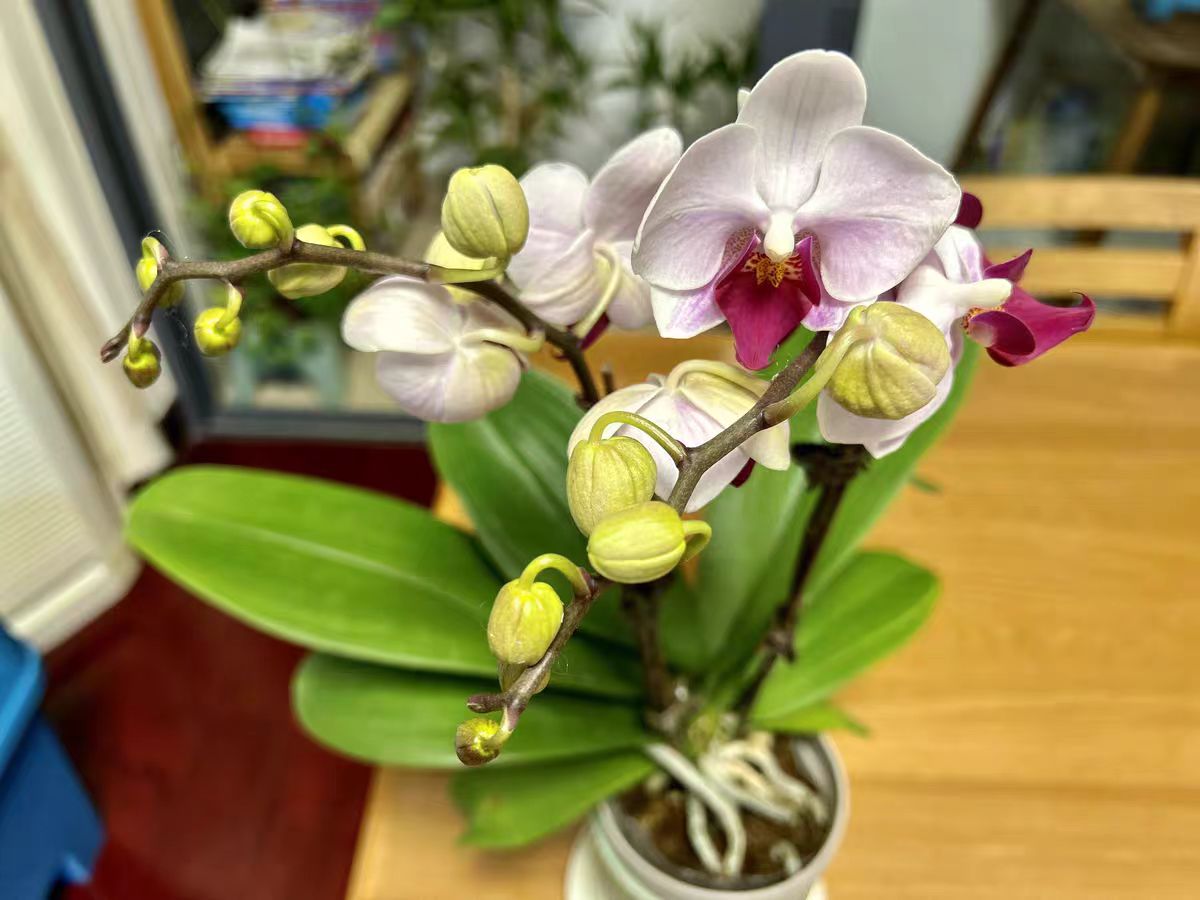Autumn is a crucial time for pruning and maintaining large-flowered hydrangeas. Correct operations will lay a solid foundation for a splendid blooming in the coming year.
Pruning large-flowered hydrangeas in autumn can, on the one hand, adjust the plant's shape to make it more beautiful. On the other hand, it can remove diseased, weak, and overcrowded branches, enhance the plant's ventilation and light transmission, and reduce the occurrence of pests and diseases. In addition, reasonable pruning can also promote the germination of new branches and reserve sufficient nutrients for blooming in the coming year.
The timing of autumn pruning for large-flowered hydrangeas needs to be carefully grasped. Generally speaking, it is best to prune from the end of August to mid-September. During this period, the temperature gradually drops, and the growth rate of the plant slows down, but it has not yet entered the dormant period. If pruning is done too early, it may stimulate the plant to grow again, consume too much nutrients, and affect blooming in the coming year. If pruning is done too late, the plant may have already entered the dormant period, and the wounds after pruning are difficult to heal and are prone to being infected by pests and diseases.
Before pruning, carefully observe the plant shape of the large-flowered hydrangea and determine the parts that need to be pruned. For plants that are too densely grown, some overcrowded branches can be appropriately thinned to increase ventilation and light transmission. For plants with irregular shapes, pruning can be used to adjust their shapes to make them more beautiful.
Carefully inspect the branches of the large-flowered hydrangea and remove all diseased branches, weak branches, and spent flowers. Diseased and weak branches will not only affect the beauty of the plant but also consume nutrients and are prone to causing pests and diseases. If spent flowers are not removed in time, they will rot on the plant and affect the health of the plant.
For overly long branches, appropriate shortening can be done. Generally speaking, cutting off one-third to one-half of the length of overly long branches is sufficient. This can promote the germination of lateral branches and make the plant fuller. When pruning large-flowered hydrangeas, be sure to use sharp pruning tools and disinfect the tools. This can avoid wound infections and improve the pruning effect.
Autumn is an important period for large-flowered hydrangeas to accumulate nutrients, so appropriate fertilization is needed. You can choose some fertilizers rich in phosphorus and potassium elements, such as potassium dihydrogen phosphate, decomposed organic fertilizers, and so on. When fertilizing, pay attention to controlling the dosage to avoid fertilizer damage caused by excessive fertilization.
As the temperature gradually drops in autumn, the growth rate of large-flowered hydrangeas slows down, and the demand for water also decreases accordingly. Therefore, the frequency of watering can be appropriately reduced, but the soil should be kept moist. When watering, avoid water accumulation to prevent root rot.
Large-flowered hydrangeas like a semi-shady environment, but in autumn, sunlight can be appropriately increased. The plant can be placed in a place with sufficient sunlight, but direct strong sunlight should be avoided. Sufficient sunlight can promote the plant's photosynthesis, accumulate nutrients, and prepare for blooming in the coming year.
For some large-flowered hydrangea varieties with poor cold resistance, cold protection measures should be taken in autumn. A layer of straw, leaves, and other insulation materials can be covered around the plant, or the plant can be moved to a warm place indoors.
Autumn is a crucial time for pruning and maintaining large-flowered hydrangeas. Only by correctly grasping the pruning time and method and doing a good job in autumn maintenance can large-flowered hydrangeas bloom more beautiful flowers in the coming year.
How to prune large-flowered hydrangeas in autumn?

Share with
Tagged in :




Leave a Reply